Universities play a central role
The Ministry of Education and Training has announced 13 networks of excellent training centers and talents in Industry 4.0 technology, including 7 networks in the Northern region and 6 networks in the Central and Southern regions. Each network is chaired by a higher education institution, gathering many universities and academies to participate as members. At the same time, many universities are selected to invest in training human resources to serve key areas such as nuclear power, semiconductor technology, artificial intelligence, etc.
In technology "ecosystems", higher education institutions are identified as playing a central role - both as a place to train high-quality human resources and as a pioneering force to promote innovation and application of science and technology.
In particular, schools promote connections with the State and businesses, forming a close link between policy - training - market demand. The "three-house" cooperation model is considered a strategic solution to shorten the gap between theory and practice, creating conditions for students to access new technology, participate in practical projects and be ready to meet the requirements of the digital economy .
At the University of Technology (Vietnam National University, Ho Chi Minh City), the Southern region's artificial intelligence and semiconductor technology network is oriented to build a regional artificial intelligence (AI) framework, with the participation of many universities. Inter-school classes and interdisciplinary research groups are formed, creating opportunities for lecturers and students from many institutions to participate in common projects.
Associate Professor Dr. Tran Ngoc Thinh - Deputy Head of the Faculty of Computer Science and Engineering of the school shared: "We want to create a close cooperation environment between universities, businesses and technology organizations. Each school has its own strengths, but when connected, it will create a combined strength, promoting training, research and technology transfer more effectively."
Also in the engineering sector, the University of Science and Technology (University of Danang) is developing an AI and semiconductor technology network focusing on building key laboratories, forming strong research groups and cooperating with large technology corporations to quickly catch up with global trends. The combination of the school's research resources, the State's policy corridor and the business market helps research products quickly go beyond the laboratory and be widely applied.
In the field of agricultural biotechnology, Associate Professor Dr. Nguyen Huu Van - Vice Rector of the University of Agriculture and Forestry (Hue University) emphasized the role of "three houses" when the school coordinates with local authorities and agricultural enterprises to build a closed chain from research, production, and consumption. This model helps shorten the time of technology transfer, increase product value and competitiveness of Vietnamese agricultural products in the international market.
According to experts, the “three houses” model is not just a theory but is being realized through networks of centers of excellence or groups of schools training high-quality human resources for key technology and engineering sectors. Each party has its own role but they all aim for a common goal: Creating high-quality technology human resources to meet the requirements of socio-economic development.

Breakthrough in human resource quality
At the conference to announce 6 networks of excellent training centers and talents in technology 4.0 in the Central and Southern regions, Deputy Minister of Education and Training Nguyen Van Phuc affirmed that universities are playing a central role in training high-quality human resources, and are also pioneers in promoting innovation and technology application.
The Deputy Minister appreciated the progress of higher education institutions in scientific research, while emphasizing that the development potential is still very large if there is an effective connection between training, research and practice.
According to the Deputy Minister, networks of training centers of excellence and talents in 4.0 technology are the strategic model for innovation in higher education at present. Instead of developing individually, it is necessary to switch to cooperation and sharing according to the network model, thereby creating a breakthrough in the quality of high-tech human resources.
Through excellent training programs and joint research projects between the school and businesses, students and researchers will have access to updated knowledge, practice interdisciplinary skills and solve practical technological problems.
“International experience shows that only when schools, businesses and the State cooperate closely can an open innovation ecosystem be formed, where every idea and initiative is nurtured and applied. The 4.0 centers of excellence will be the core of that ecosystem, bringing together ‘three houses’ with the common goal of bringing science and technology to serve the country’s development,” the Deputy Minister emphasized.
Deputy Minister Nguyen Van Phuc said that in the network model, “triple-party” cooperation is the core foundation, determining sustainability and spreading ability. The State plays the role of creating institutions, orienting strategies, investing and perfecting policies for the network to operate effectively.
The school, with its core position, organizes excellent training, gathers talented lecturers, researchers, and students; at the same time, develops modern laboratories, brings problems from business practices into teaching to shorten the gap between theory and application.
Enterprises - especially the private sector, as Resolution 68-NQ/TW dated May 4, 2025 of the Politburo has affirmed, are an important driving force to "pull" the school's research towards the market, increase resources, and create conditions for students and lecturers to access new technology.
Deputy Minister Nguyen Van Phuc requested that higher education institutions review strategies, supplement orientations and widely deploy projects to lecturers and students; at the same time, proactively propose tasks and projects associated with national science and technology programs.
The Deputy Minister also noted that to be effective, it is necessary to strengthen international cooperation to update the latest achievements, while promoting effective cooperation models between domestic universities and global partners.
One of the viewpoints of the draft Project on developing universities into strong research entities, closely combining research, application and training by 2035, which is being developed by the Ministry of Education and Training, also emphasizes the role of the "three-way" relationship.
The "State - School - Enterprise" cooperation method is identified as the main driving force for development, contributing to the formation and spread of an ecosystem of scientific research, innovation, knowledge transfer application and effective and sustainable training.
Source: https://giaoducthoidai.vn/ket-noi-ba-nha-nang-tam-nhan-luc-cong-nghe-post744174.html


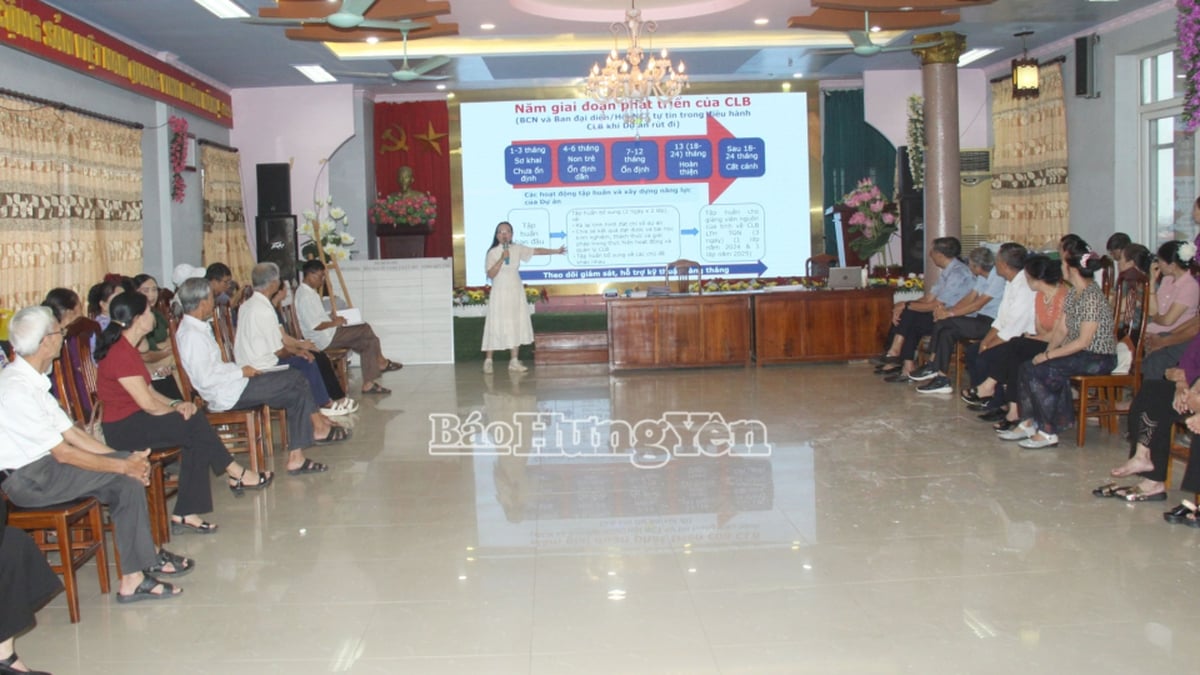


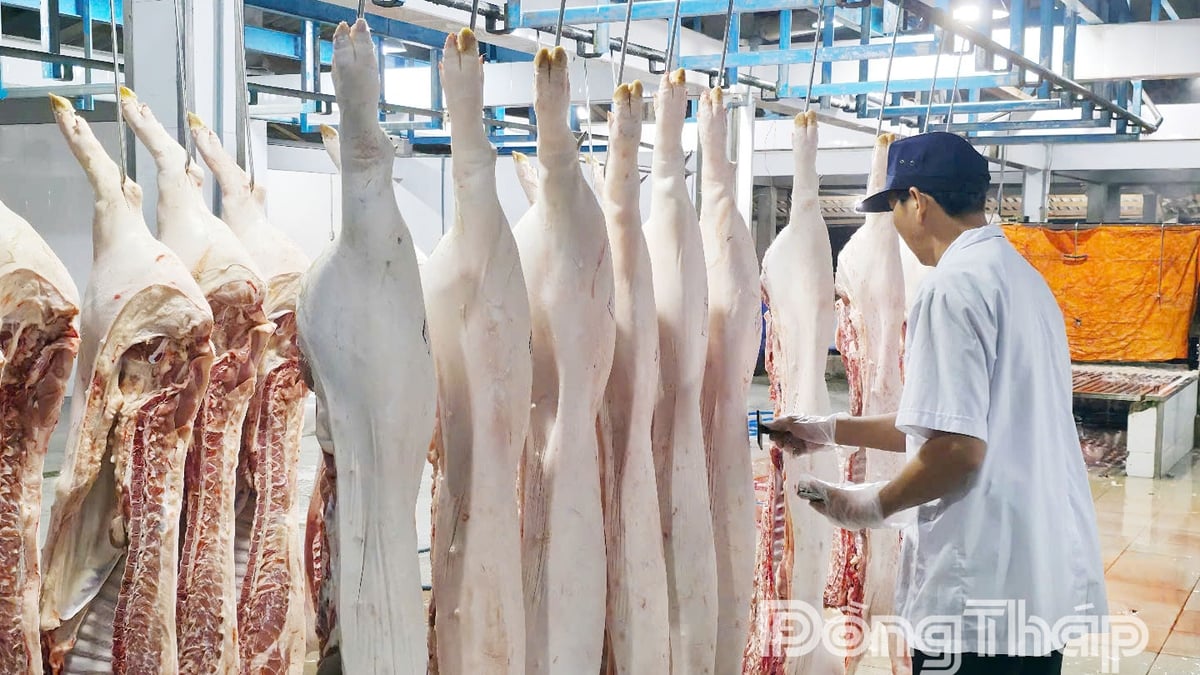
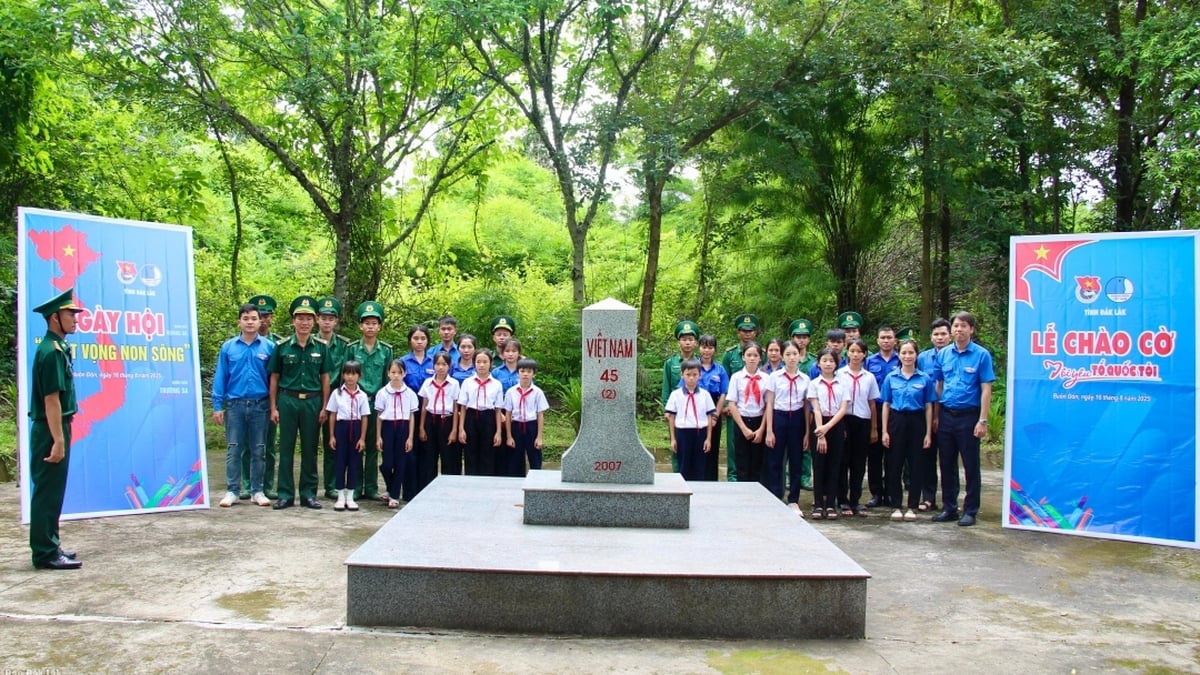
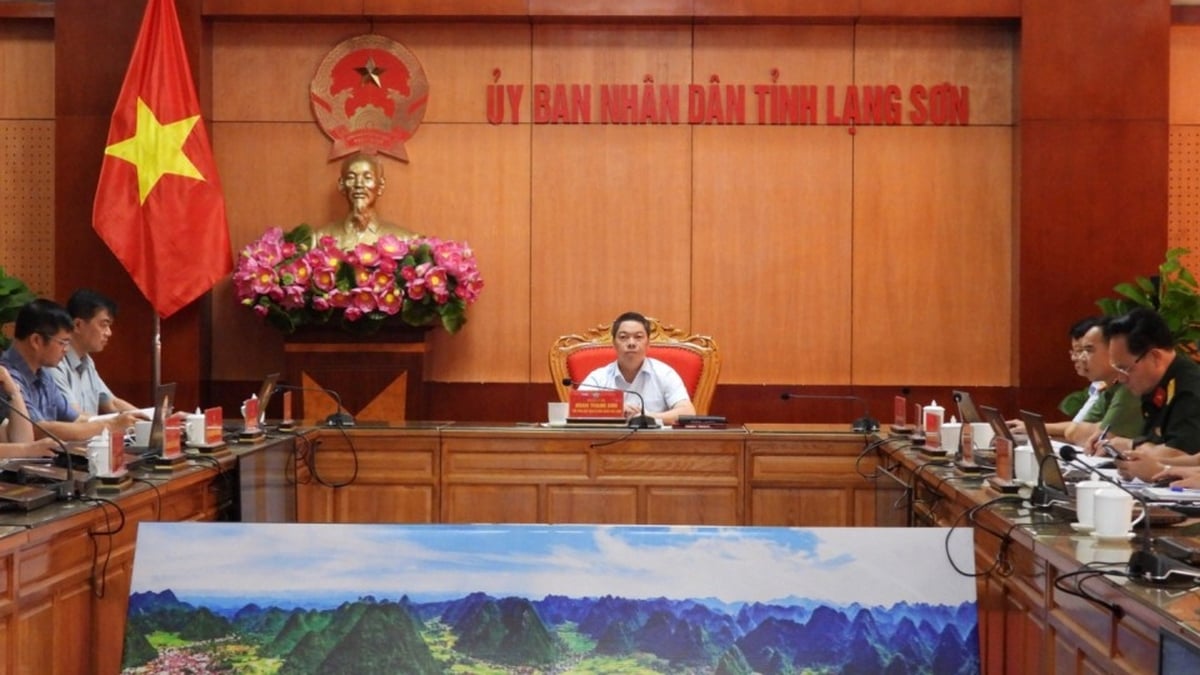













![[Photo] National Assembly Chairman Tran Thanh Man attends the program "Returning to the source - Towards the future"](https://vphoto.vietnam.vn/thumb/1200x675/vietnam/resource/IMAGE/2025/8/16/d081d9c162ee4ed9919e723aa322a53a)
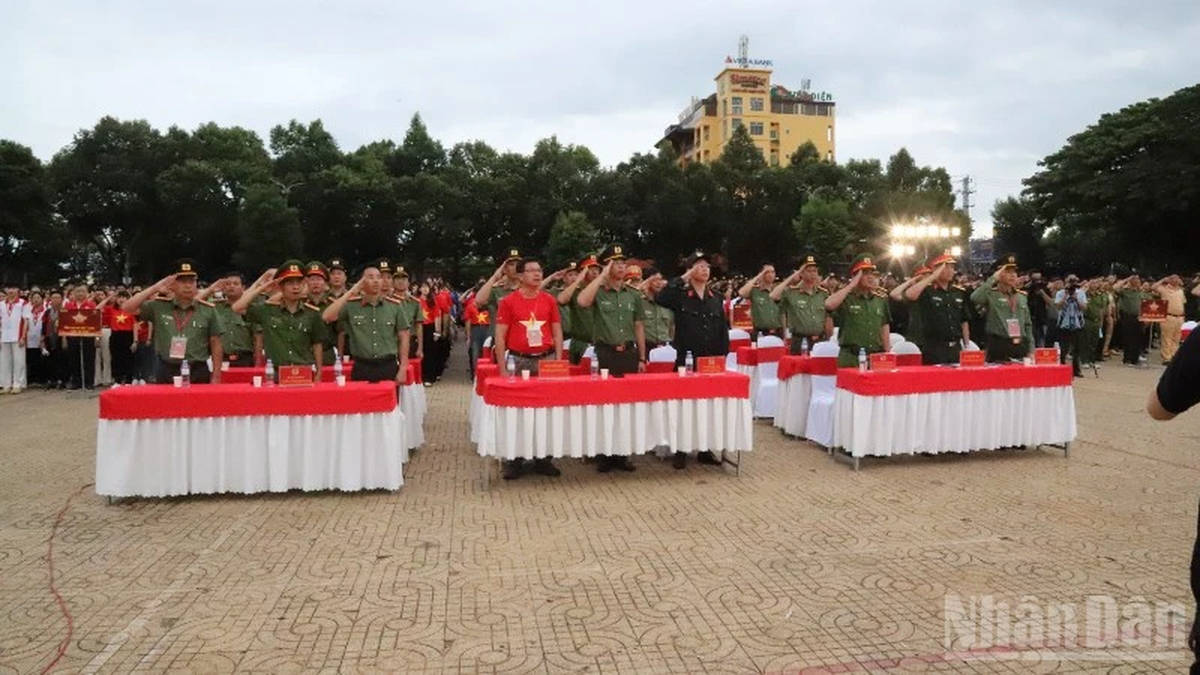
![[Photo] Red and yellow stars at the launching ceremony of the program "Moving Forward with Vietnam"](https://vphoto.vietnam.vn/thumb/1200x675/vietnam/resource/IMAGE/2025/8/16/076df6ed0eb345cfa3d1cd1d7591a66f)
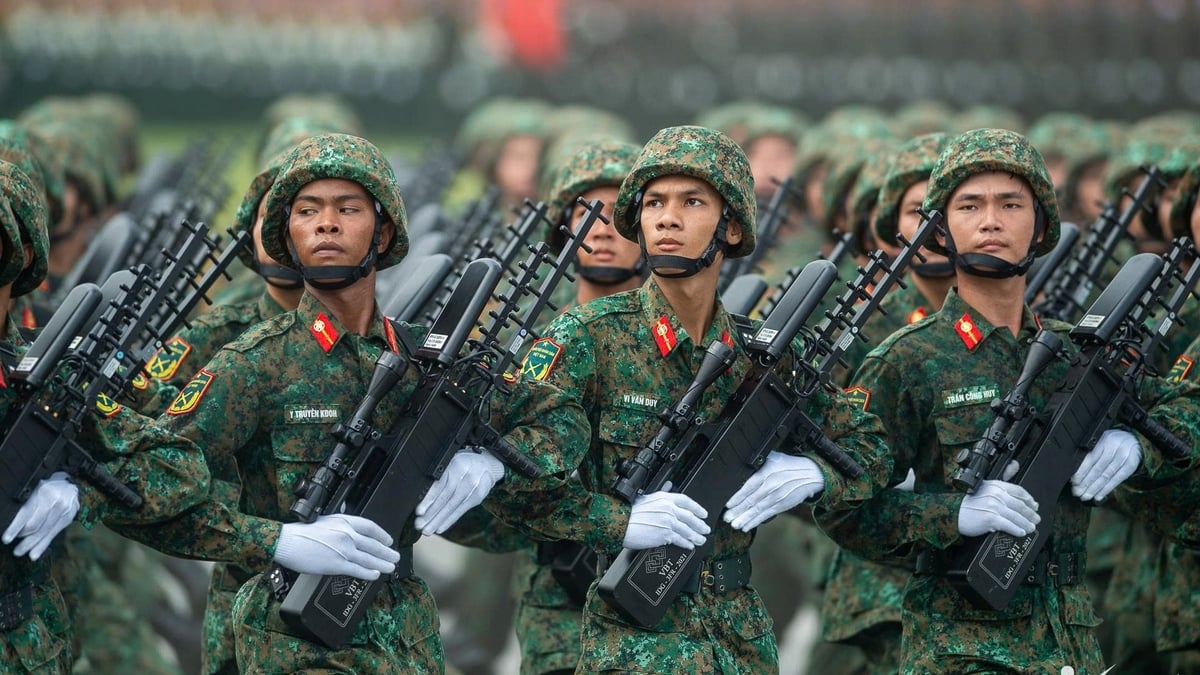
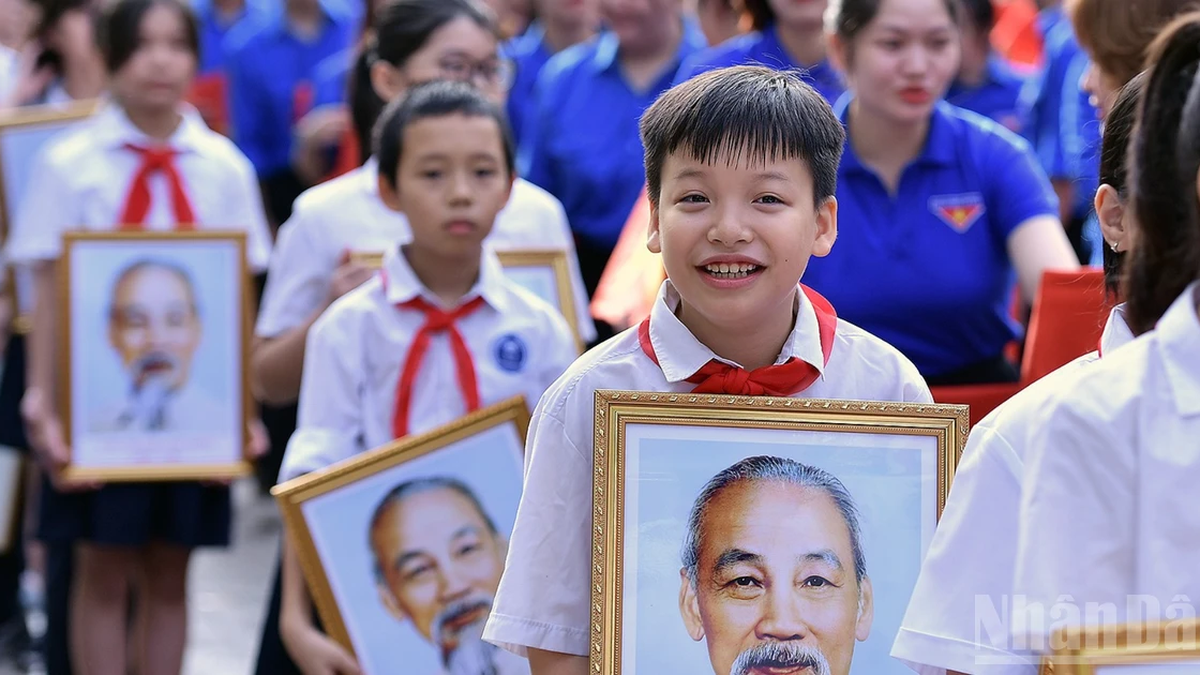
![[Photo] National Assembly Chairman Tran Thanh Man attends the inauguration ceremony of President Ton Duc Thang Memorial House](https://vphoto.vietnam.vn/thumb/1200x675/vietnam/resource/IMAGE/2025/8/16/23555950872d428a8708a1e2f94cbf59)

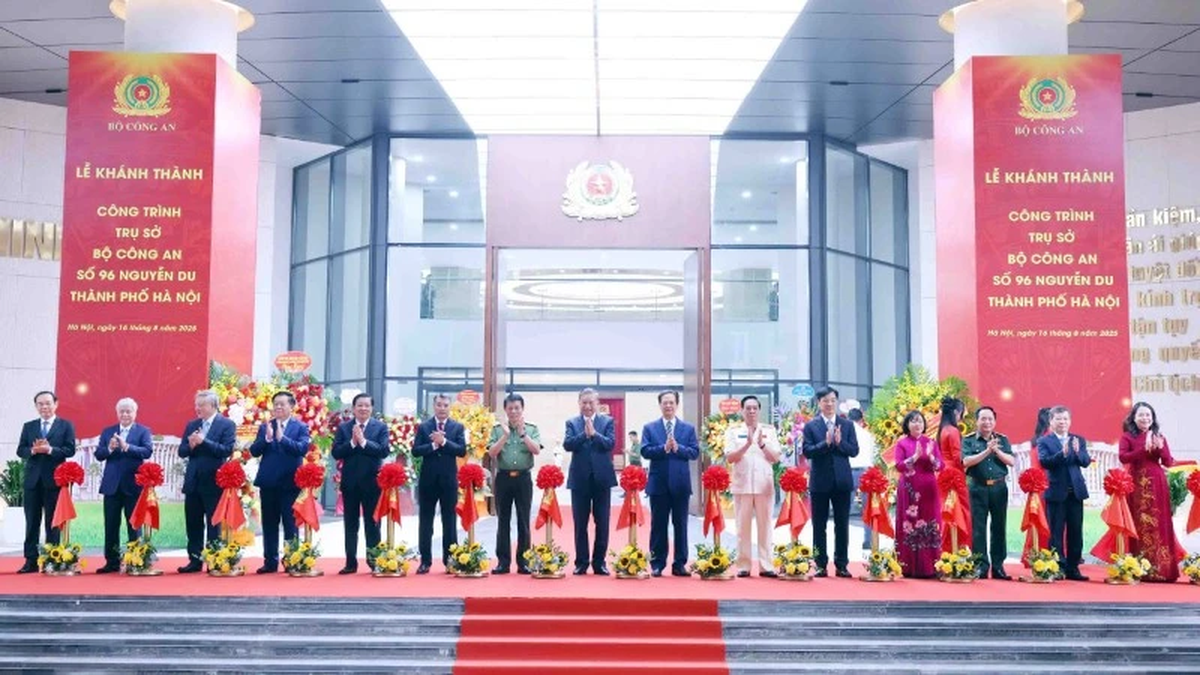
![[Photo] “Moving forward with Vietnam” on the most romantic road in Vietnam](https://vphoto.vietnam.vn/thumb/1200x675/vietnam/resource/IMAGE/2025/8/16/0ee500bc59fd4468863261ee26f47fe7)
![[Photo] General Secretary attends the inauguration ceremony of the Ministry of Public Security Headquarters](https://vphoto.vietnam.vn/thumb/1200x675/vietnam/resource/IMAGE/2025/8/16/3ceec3a24ef945c18ae2b523563b749d)


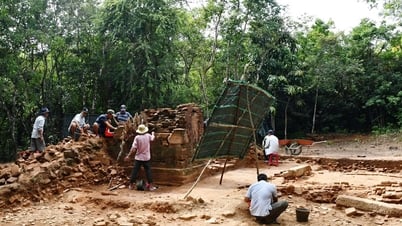










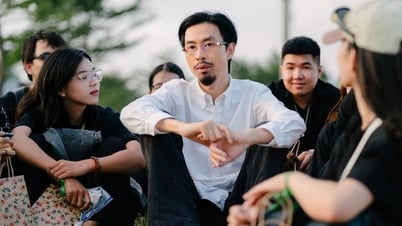








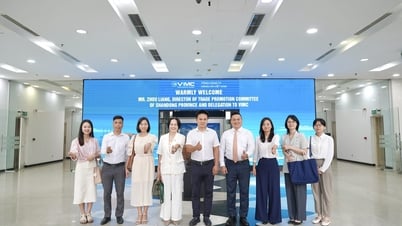









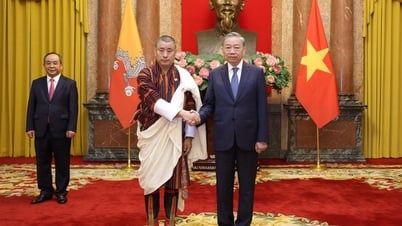


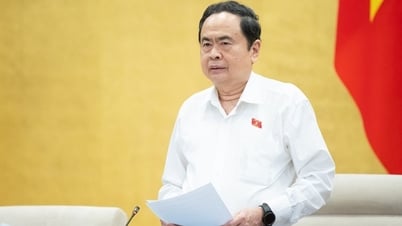


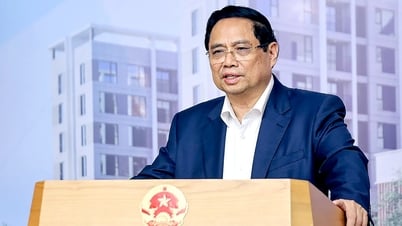


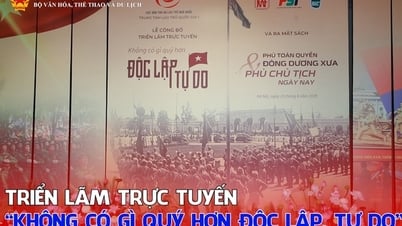

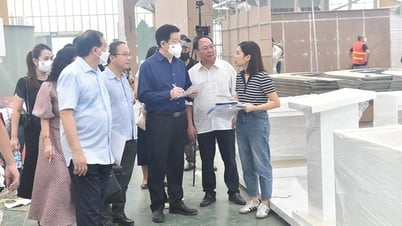

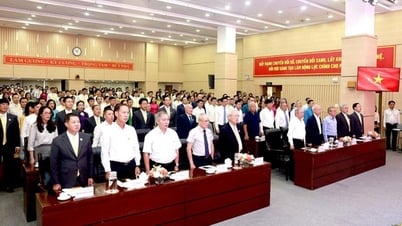






















Comment (0)